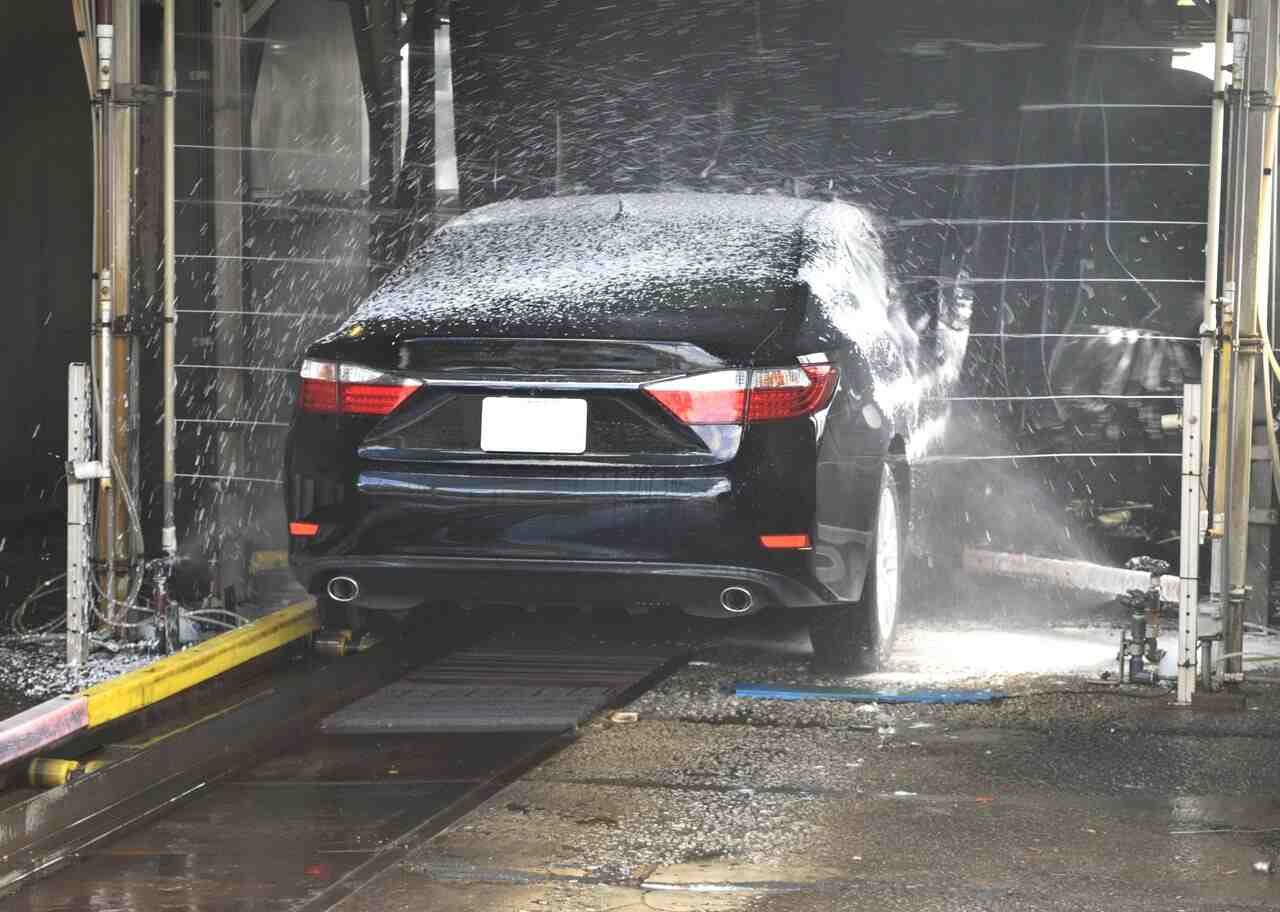Self-service car washes
A self-service car wash may be convenient, but there are some downsides to using these facilities. For one, you must be prepared to spend a considerable amount of time washing your car, since these car washes often use chemical-laden cleaning agents. These solutions may damage the paintwork if they are not pH balanced. Additionally, they can leave unsightly streaks on the vehicle’s finish. Self-service car washes also require that you bring your own cleaning supplies, and using clean towels after each wash is important.
Another disadvantage is that self-service car washes usually operate on coin machines with a set time limit. You can add coins before the timer expires, or restart the process. While working against a timer can be difficult, it also helps you organize your time better. You can also wash your car in two or three different phases. However, it is important that you stick to the correct steps and follow all instructions to get a clean car.
Automatic car washes
Automatic car washes use heated blowers to dry your vehicle. While these machines do an excellent job of cleaning your vehicle, they may leave some tar or sap behind. These materials require special chemicals to remove, so they may not be removed by an automatic car wash. However, the attendants should still hand-wipe your vehicle after it is cleaned. The heated blower can be abrasive, and the towels often get dirty from washing and drying so many cars. These dirty towels can also leave scratches on your vehicle, so you might need to take your car to an auto body repair shop.
Another option is a tunnel-style car wash. These wash systems use a conveyor belt to wash your car and dry it with high-powered fans. You can also opt to have a man dry your car afterward. Automatic car washes are convenient, especially if you don’t have the time to hand-wash them. A tunnel-style car wash will also dry your vehicle with a man with a towel. However, be sure to read the instructions on the car wash machine to see if it is a good option for you.
Conveyor style car washes
A conveyor-style car wash is a type of self-service vehicle washing system. It consists of loop sensors that know when your car moves and how far it is away from other cars. The sensors also detect when your car is too close to other cars, which will stop the conveyor in its tracks. Conveyors are also commonly used as part of a full-service car wash. A dual belt conveyor is an efficient way to replace the old chain system in a traditional car wash.
Another type of conveyor-style car wash is a tunnel system. These car washes use brushes to guide vehicles through a path of spray heads. They are ideal for high-volume sites and can clean many cars at a time. A tunnel car wash can also benefit a small piece of land. However, there are a few drawbacks to using a tunnel-style AI for Car Wash Site Selection. The tunnel-style car wash is also known as an automatic wash.
No-touch automated car washes
A touchless car wash uses high air and water pressure to wash the car. High-pressure washes can embed surface contaminants and leave them scratched, requiring repair work. Touchless car washes are notorious for not cleaning thoroughly enough to prevent spotting. In addition, these machines can also leave behind brake dust on the wheels. Using a microfiber towel, however, can remove this fine dust without affecting the paint finish.
No-touch car washes are a new rage. They use a robotic system to wet and wash a car, rinse out cleaning agents, and apply specialty treatments. Once the process is complete, a stream of hot air dries the car, and it’s ready for its next stage. Depending on the wash facility, you can choose which applications you want to have done. In some locations, you can even request a hand-dry option.
